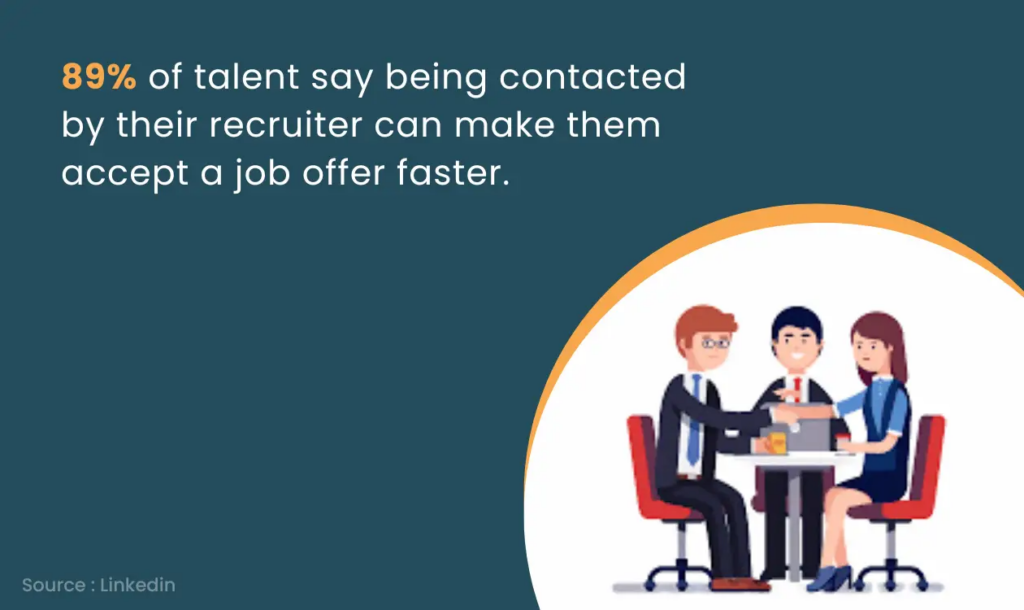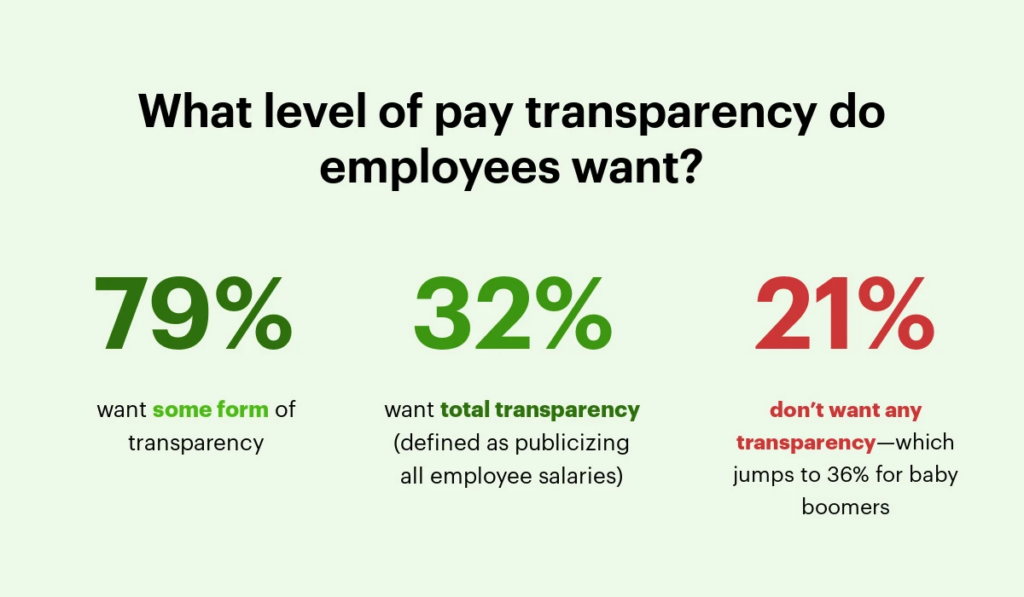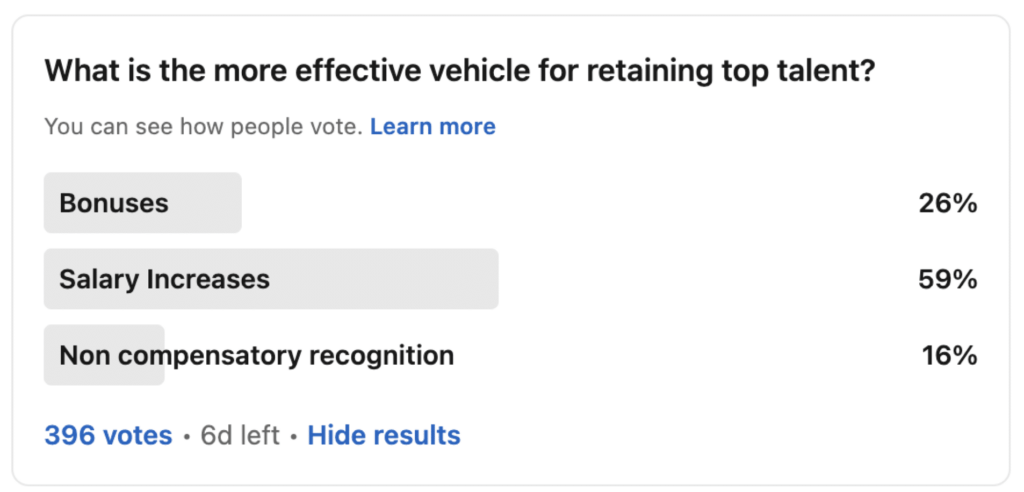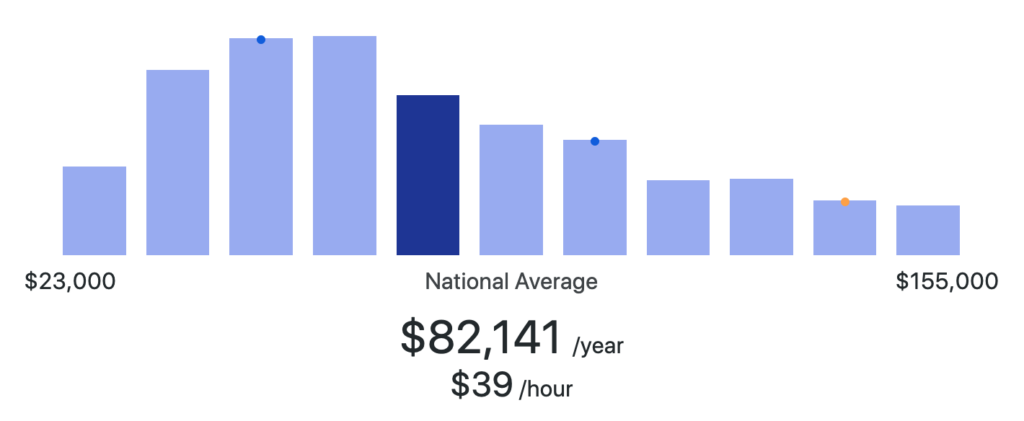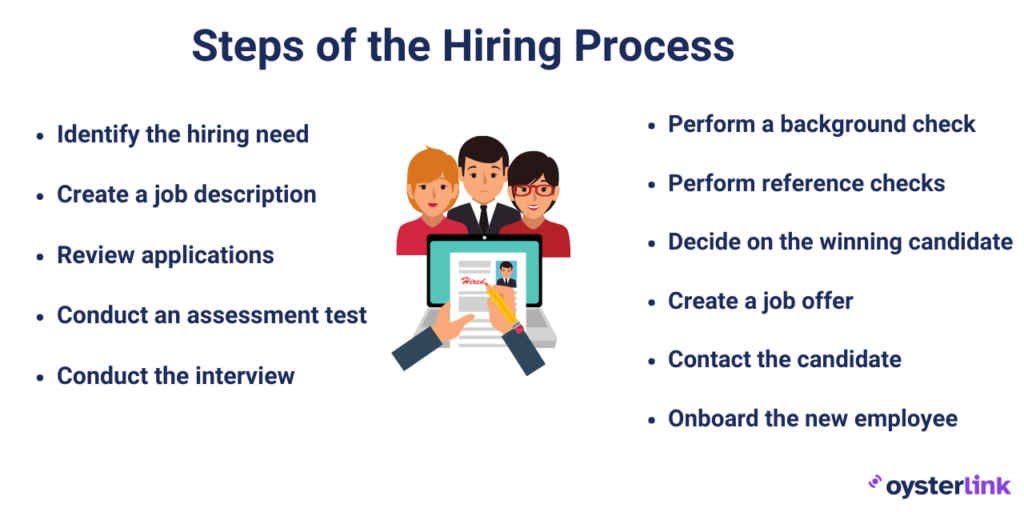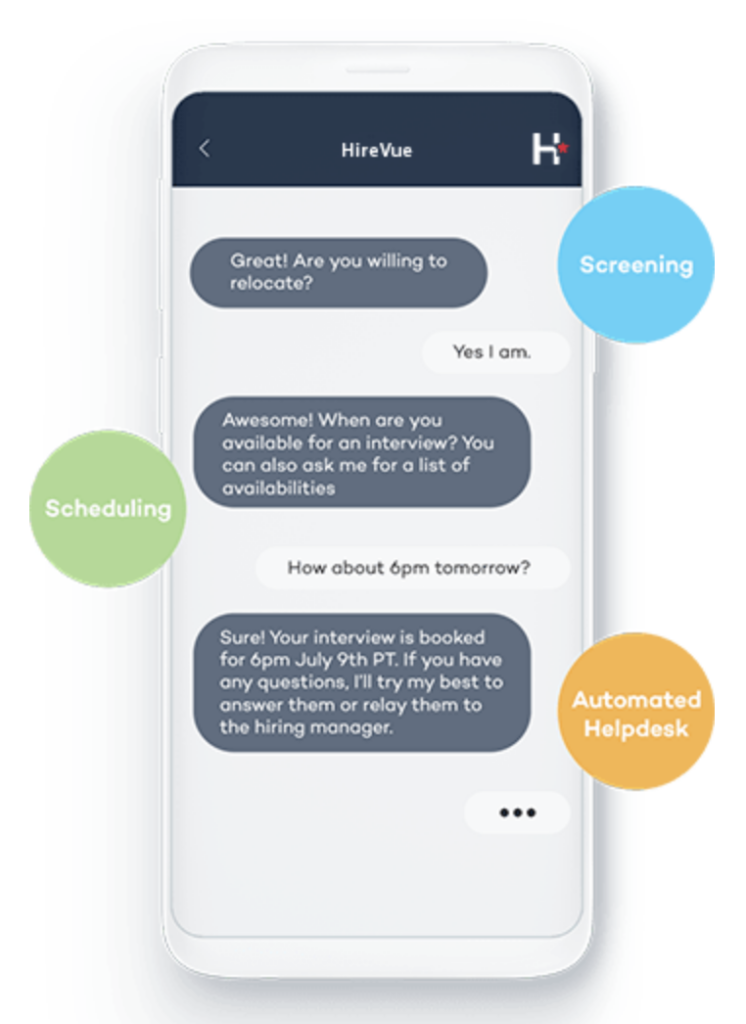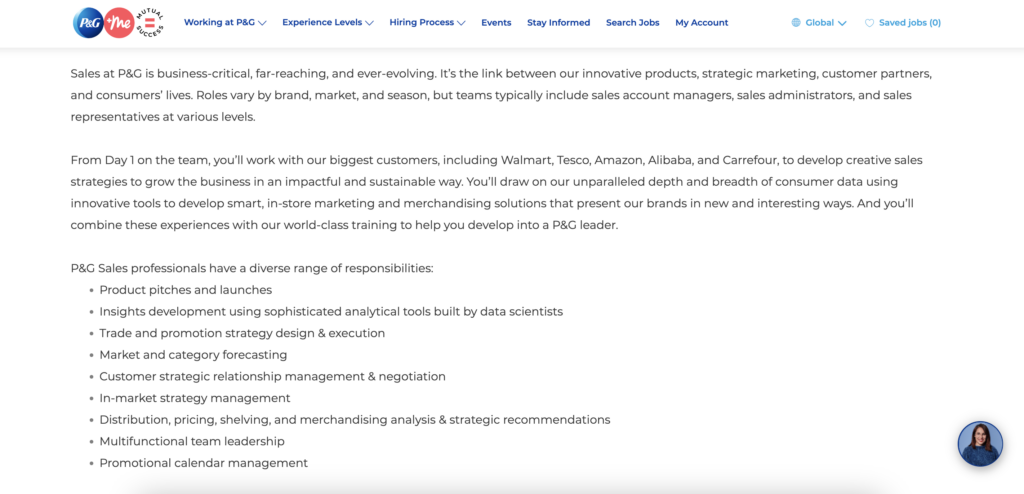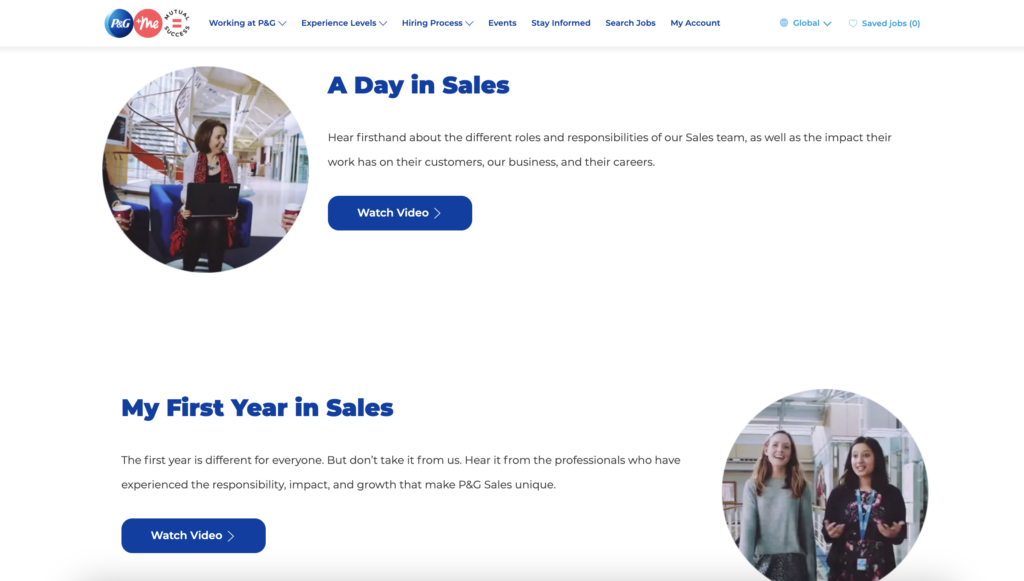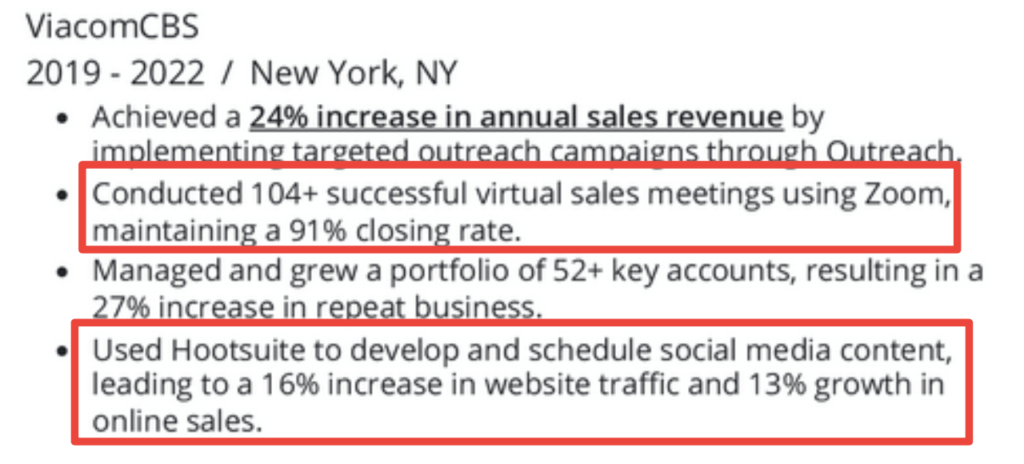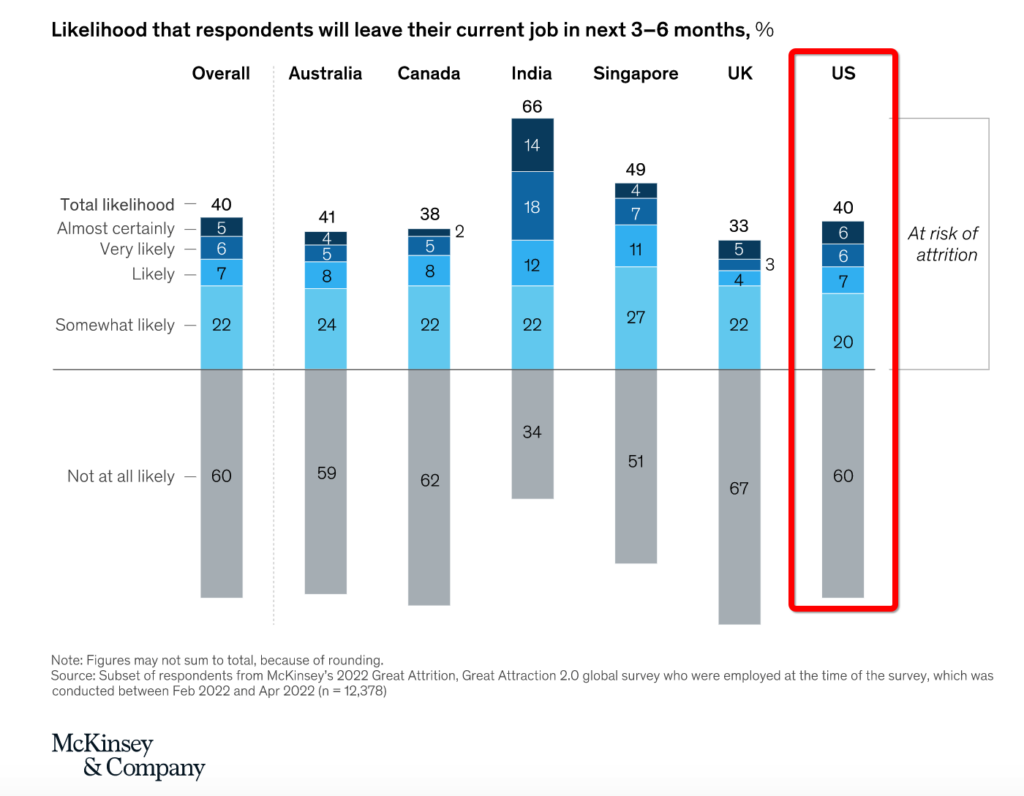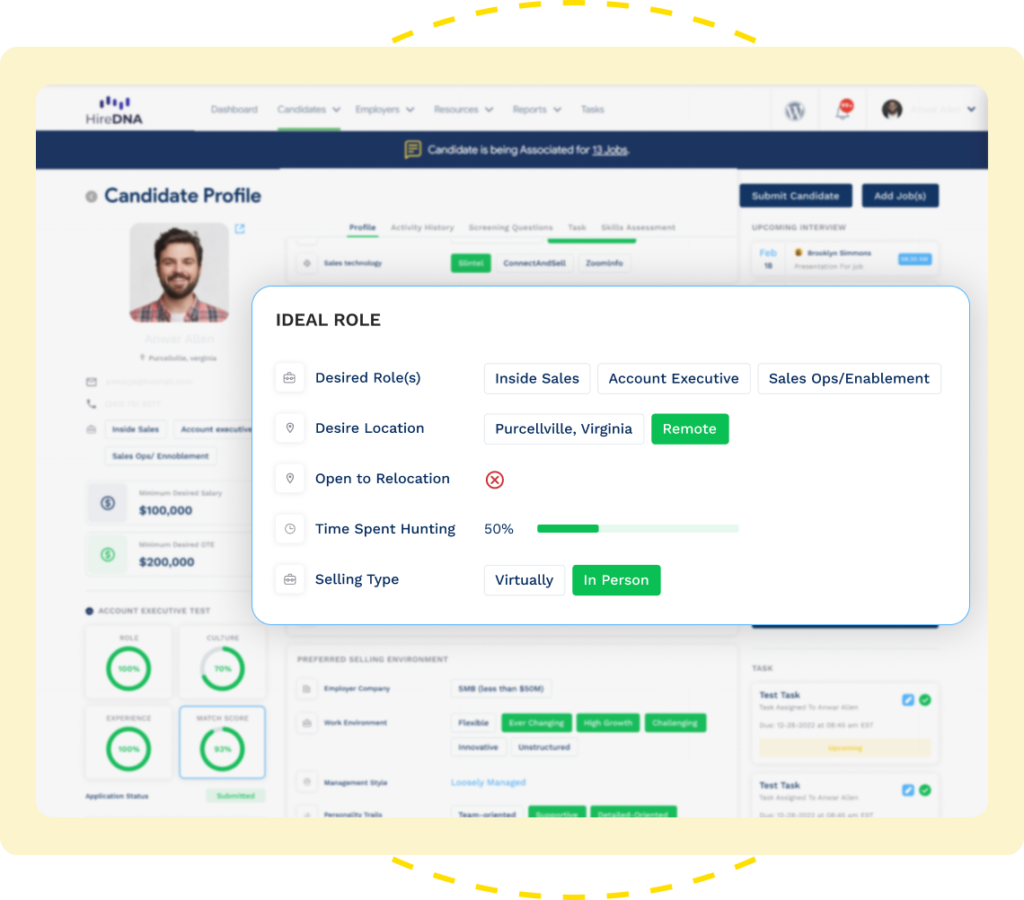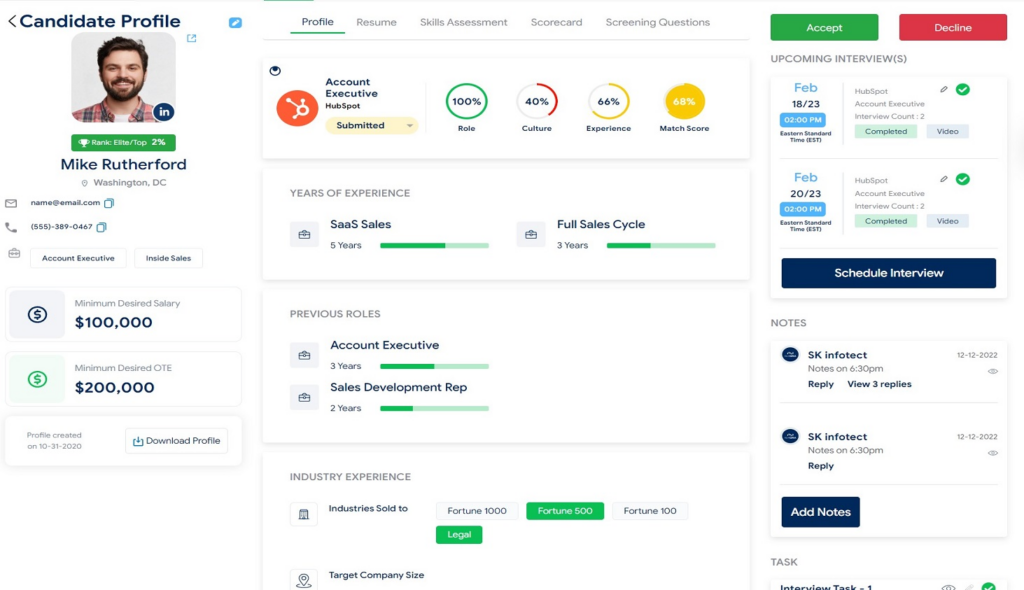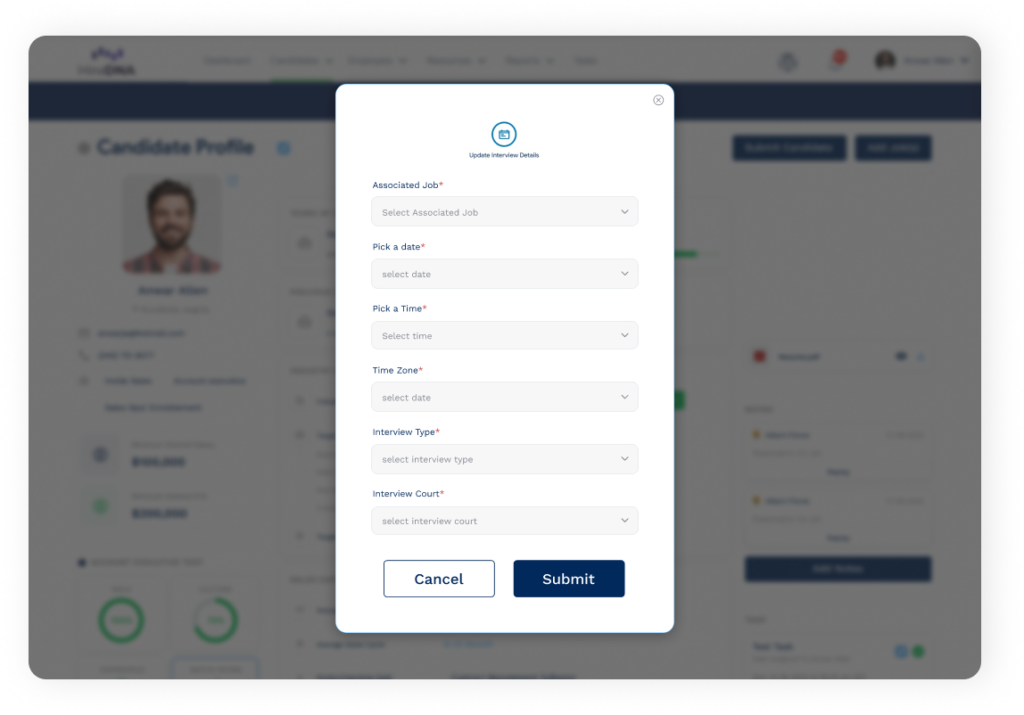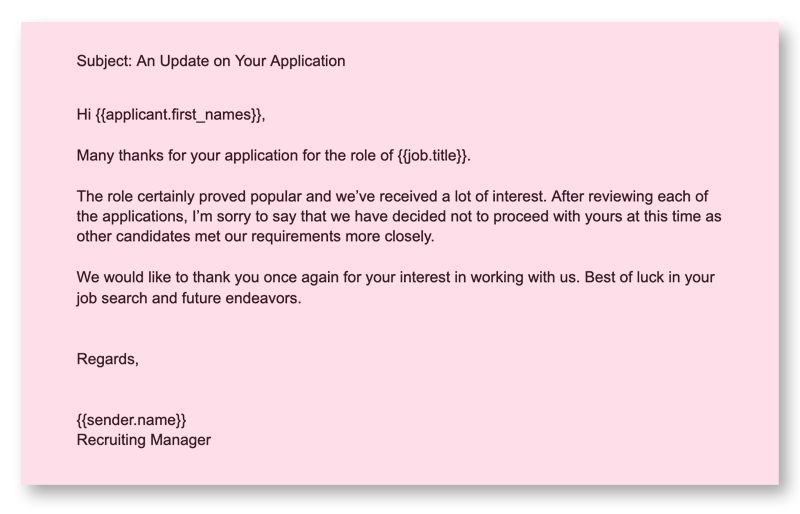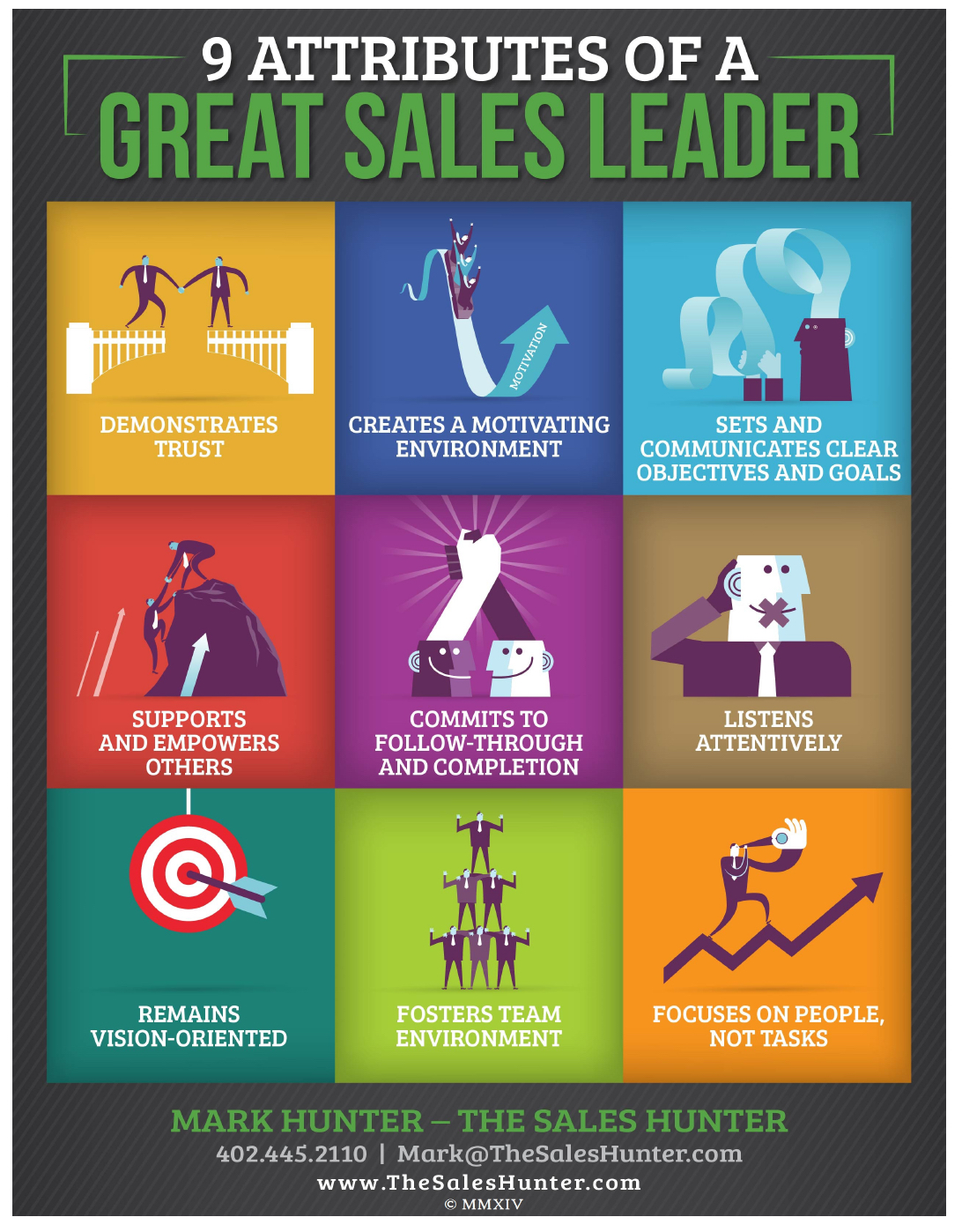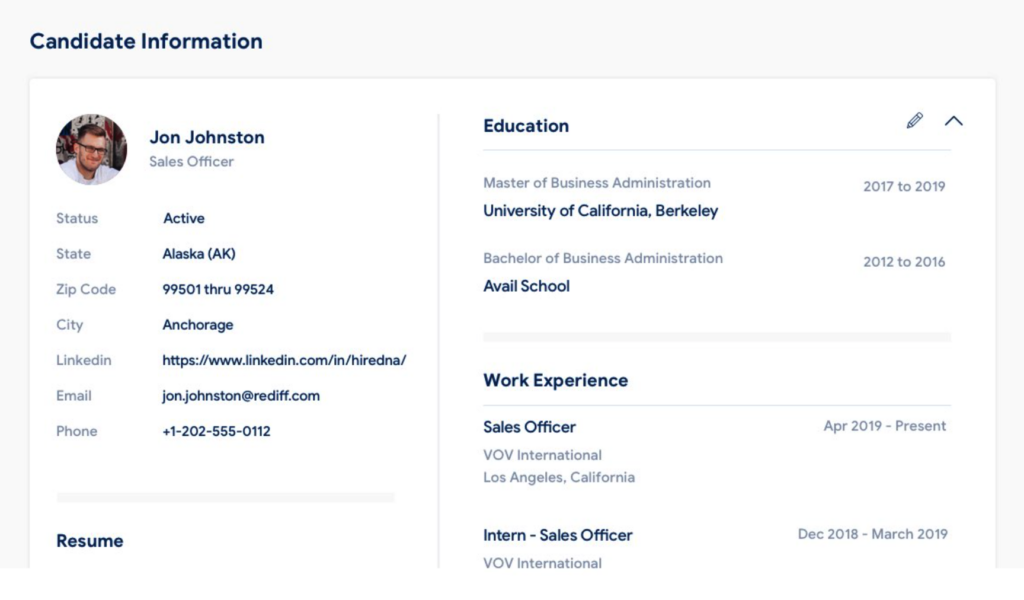The SaaS industry is known for innovation and being in a state of constant flux. To build a high-performance team SaaS sales leaders need to look beyond traditional skills and acclimate to an ever-changing market. For this post, we’ll look at five must-have qualities a winning sales rep should possess in 2025.
A High Tech IQ
Given that technology is inherently infused into the SaaS industry it’s only natural that a winning sales rep will have a high tech IQ. By this I don’t just mean being tech savvy but eating, sleeping, and breathing tech.
This starts with having an acute understanding of the SaaS industry itself, including your specific niche, product, and competitors. A salesperson should be proficient with sales and CRM software so they can effectively manage every stage of the sales funnel and customer relationships.
They should be able to put together a solid tech stack, which includes sales and CRM software, as well as networking platforms, social media, video conferencing, and so on. Here’s an example.
Besides that, a winning sales rep should be proficient in sales analytics. They don’t need to be a data scientist, but they should be able to extract insights on macro and micro trends and apply them to everyday operations.
AI Fluency
In the span of just a couple of years, AI has essentially gone from being a novelty to infiltrating nearly every corner of work and life. As of 2024, 75% of salespeople were using AI in the workplace. And 56% reported using it daily.
Based on the current usage trajectory, it’s likely that nearly all salespeople will be using AI in some capacity by the end of the 2020s (if not sooner). Therefore, having AI fluency is no longer merely a preferred ability but a necessity.
From identifying qualified leads to lead scoring to automated outreach to sales forecasting, AI has an abundance of use cases in SaaS sales.
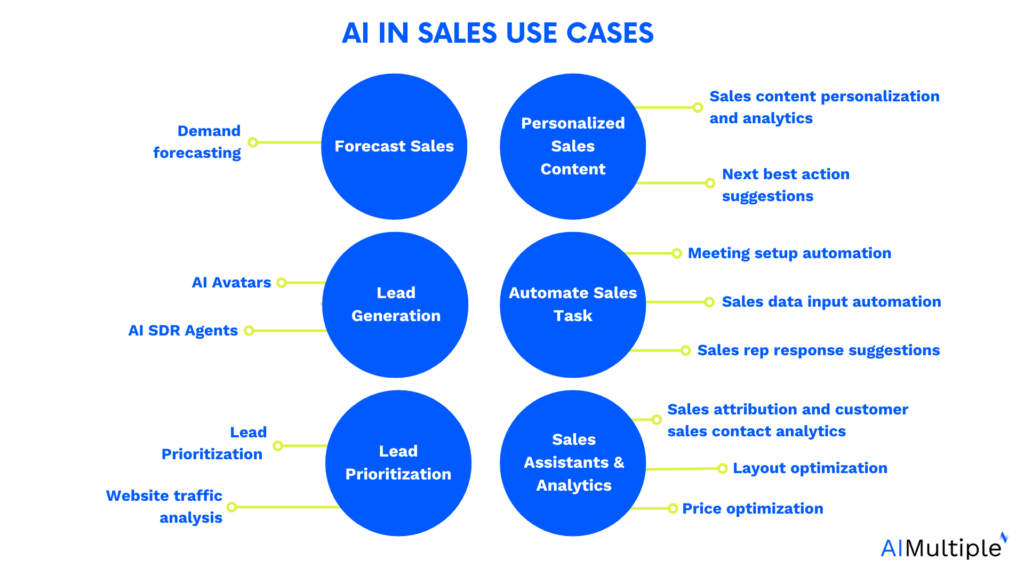
That’s why one of the most critical traits SaaS sales leaders now look for in a winning sales rep is the ability to practically use AI to increase their efficiency and effectiveness, which helps improve the customer experience and close more deals.
Consultative Storytelling Abilities
Would you believe that “94% of SaaS buyers don’t trust sales teams?” It’s true.
Skepticism runs rampant with the majority of today’s customers, so taking a hard-nosed, old-school approach with aggressive sales tactics seldom ends well.
What most buyers are receptive to, however, is what I call “consultative storytelling.” This is where you work to first understand a customer by identifying specific needs, pain points, challenges, and any obstacles that are getting in the way of them buying. Then you seek to provide solutions and position your SaaS product as the ideal platform that checks all the right boxes and delivers genuine value.
A big part of this is acting more as a consultant rather than a salesperson, where you build rapport and collaborate with a customer to ensure you find them the perfect product. Storytelling also comes into the equation, where you objectively show the tangible impact your solution can have by sharing examples and case studies.
That way, you don’t have to rely merely on saying your product is a great fit, and you can show a customer firsthand.
Natural Resilience
Being a salesperson is tough.
And you could argue that it’s never been tougher than it is today, especially in SaaS sales. With so many companies battling it out, competition is incredibly fierce.
As a result, rejection is baked into the job description for SaaS salespeople, and it takes a certain type of personality to shake it off and keep moving forward. If a rep lacks natural resilience, they’re going to have a hard time succeeding in this profession, which is why this is such a vital characteristic to look for.
But with resilience being a soft skill and hard to quantify, how exactly can you pinpoint this in a potential salesperson?
You can always ask behavioral questions that gauge resilience in an interview. Here’s a list of questions for reference.
But one of the better ways to determine someone’s resilience is using a tool that delivers data-driven insights via candidate profiles. With HireDNA, for example, you can generate a comprehensive breakdown of a rep’s core competencies, with the ability to handle rejection being on the list.
This provides a measurable means of determining just how well a SaaS salesperson deals with obstacles, which can help you assemble the best team possible.
Adaptability
As I stated in the intro, the SaaS industry is in a state of constant flux. And as technology continues advancing at its current breakneck speed, the rate of change will only continue to intensify.
That’s why adaptability is the final trait a winning sales rep should possess in 2025.
I like what Mindy Murphy of The Center for Sales Strategy has to say about it.
“An adaptable salesperson has the ability to adjust and thrive in various situations and environments, making them a valuable asset to any sales team. They can quickly respond to these changes and adjust their strategies accordingly.
And they possess the agility to:
- Respond swiftly to market changes
- Build stronger, more personalized client relationships
- Handle rejection with resilience and learn from setbacks”
While you never know exactly what will happen in the SaaS sales world and what changes will unfold, having reps that are equipped to adapt to current circumstances should ensure you’re prepared to handle whatever comes your way. In this respect, adaptability helps “future-proof” your business to a certain extent.
It’s just a matter of finding candidates that possess adapability skills — something that can be done through candidate profiles as I mentioned earlier, as well as using scenario-based assessments, problem-solving tasks, and role-playing exercises during interviews.
The Anatomy of a Winning Sales Rep
Although certain essential characteristics will never change, I feel the five outlined above are absolutely critical to SaaS sales rep success in 2025. Zeroing in on these should help you find superstars who aren’t only equipped to thrive in today’s environment but in the future as well.
If you’re ready to level up your SaaS sales recruiting to reduce mistakes and speed up your time to hire, try out our free Hiring Readiness Assessment.




